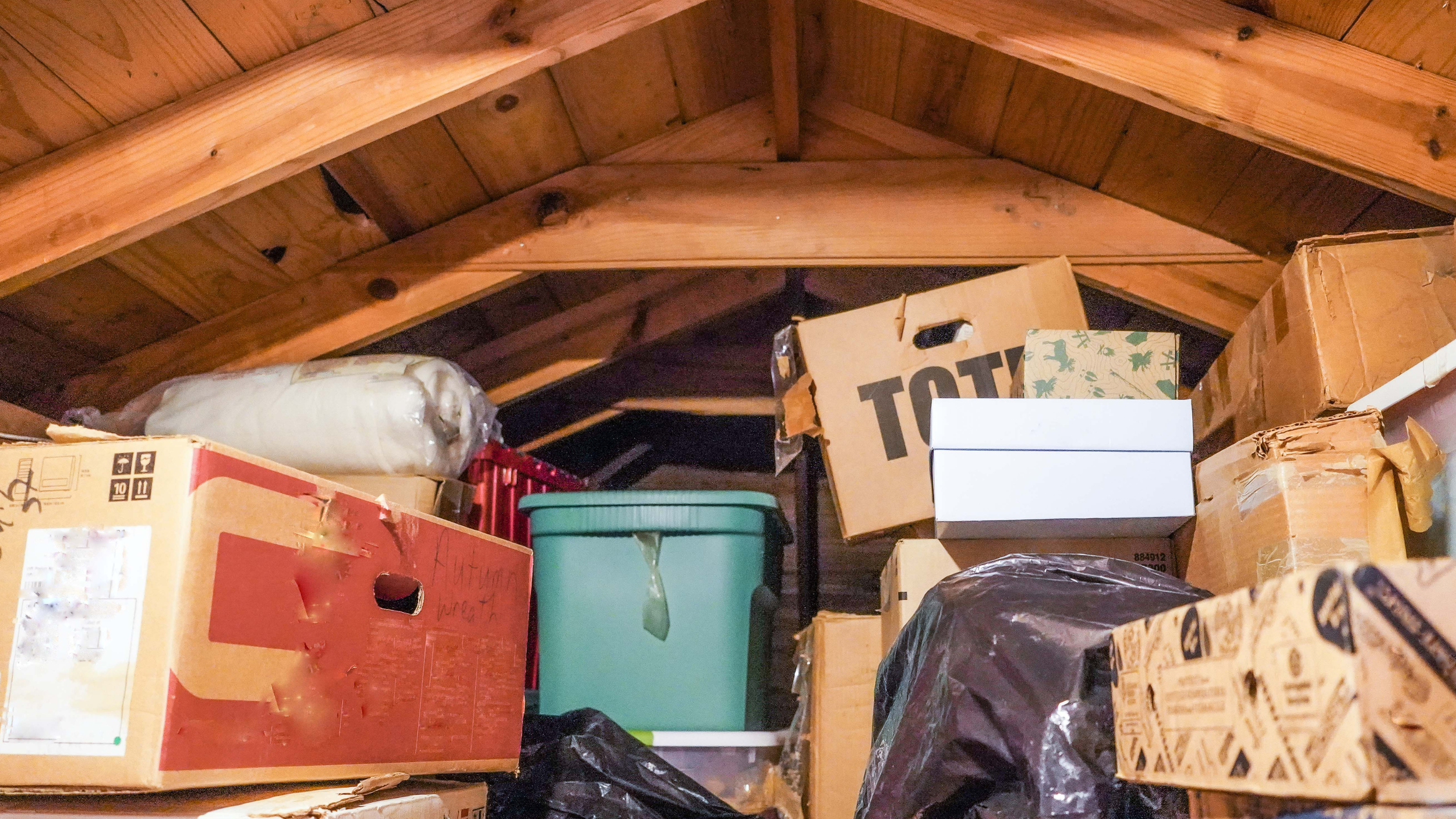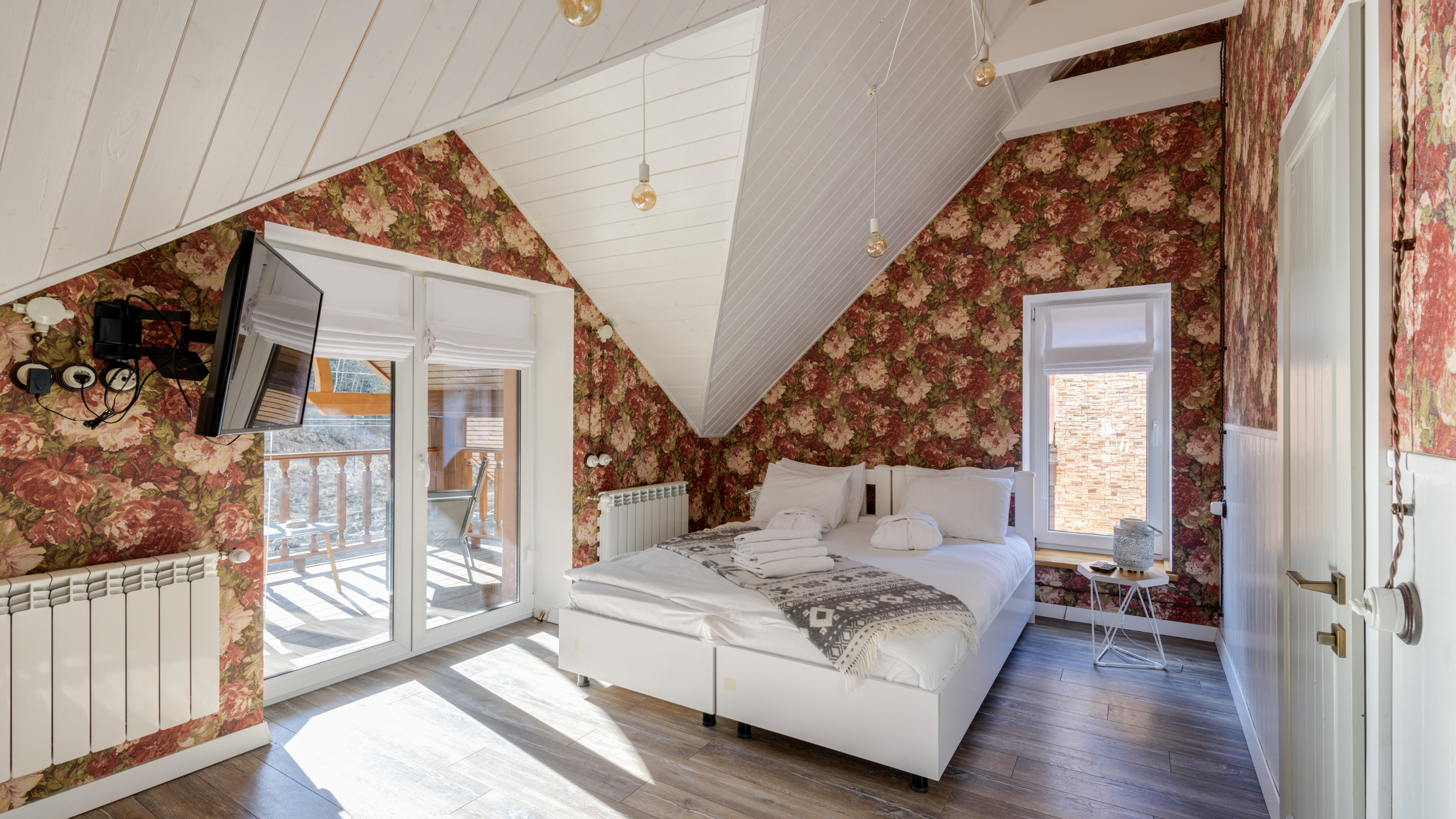Vermont’s Best Attic Renovation Ideas to Maximize Space
Unlocking Hidden Potential in Your Vermont Home
In Vermont, where the charm of historic homes meets the challenges of modern living, homeowners often seek innovative ways to maximize their living space. One such solution lies right above: the attic. Transforming an underutilized attic into a functional living area not only enhances your home's value but also caters to the evolving needs of your family. However, Vermont's unique climate and building regulations necessitate careful planning and execution. This comprehensive guide delves into the essentials of attic conversion in Vermont, ensuring your project is both compliant and comfortable.Efficiency Vermont+1HomeLight+1
Why Convert Your Attic?
Maximizing Space and Value
Attic conversions are a strategic way to add square footage without altering your home's footprint. Whether you're envisioning a cozy guest room, a home office, or a creative studio, the possibilities are vast. Moreover, a well-executed attic renovation can yield a substantial return on investment, often recouping 60-70% of the project's cost upon resale.
Adapting to Vermont's Lifestyle
Vermont's picturesque landscapes and seasonal variations influence homeowners' needs. An attic transformed into a warm retreat during snowy winters or a cool sanctuary in the summer aligns perfectly with the state's lifestyle. Additionally, as remote work becomes more prevalent, the demand for dedicated home offices has surged, making attic conversions increasingly popular.
Understanding Vermont's Building Codes
Navigating Regulations
Before embarking on an attic conversion, it's imperative to familiarize yourself with Vermont's building codes. Key considerations include:
Ceiling Height: A minimum of 7 feet over at least 50% of the usable floor area is typically required.
Floor Space: The room should have a minimum of 70 square feet of floor space.
Egress Requirements: Proper emergency exits, such as windows or stairs, must be in place.firesafety.vermont.gov
Consulting with local authorities or a professional contractor ensures compliance and safety.
Addressing Structural and Safety Concerns
Assessing Load-Bearing Capacity
Attics were not originally designed for regular occupancy. Therefore, evaluating the structural integrity and load-bearing capacity is crucial. Reinforcements may be necessary to support additional weight from furniture, insulation, and occupants.
Ensuring Proper Insulation and Ventilation
Vermont's climate demands effective insulation to maintain comfort and energy efficiency. Recommendations include:
Insulation: Achieving an R-value between R-49 and R-60 is advisable for attics in Vermont.
Ventilation: Adequate ventilation prevents moisture buildup, which can lead to mold and structural damage.
Implementing these measures not only enhances comfort but also prolongs the lifespan of your home.
Designing Your New Space
Embracing Creativity
Attic spaces often feature unique architectural elements like sloped ceilings and dormer windows. These characteristics can be leveraged to create charming and distinctive rooms. Consider built-in storage solutions, skylights for natural light, and multifunctional furniture to maximize space.
Planning for Utilities
Integrating heating, cooling, plumbing, and electrical systems into your attic conversion requires careful planning. Engaging professionals ensures that these systems are installed safely and efficiently, adhering to Vermont's building codes.
Budgeting for Your Project
Estimating Costs
The cost of converting an attic in Vermont varies based on factors such as size, design complexity, and existing conditions. On average, homeowners can expect to invest between $40,000 and $100,000. This estimate encompasses structural modifications, insulation, utilities, and finishes.Homeyou
Exploring Financing Options
Various financing avenues are available to support your renovation, including home equity loans, personal loans, and energy efficiency incentives. Researching and selecting the best option for your financial situation is essential.
Partnering with Evergreen Property Care
Embarking on an attic conversion is a significant undertaking that benefits from professional expertise. Evergreen Property Care specializes in transforming Vermont attics into functional, beautiful living spaces. Our team navigates the complexities of building codes, structural requirements, and design aesthetics to deliver results that exceed expectations.



